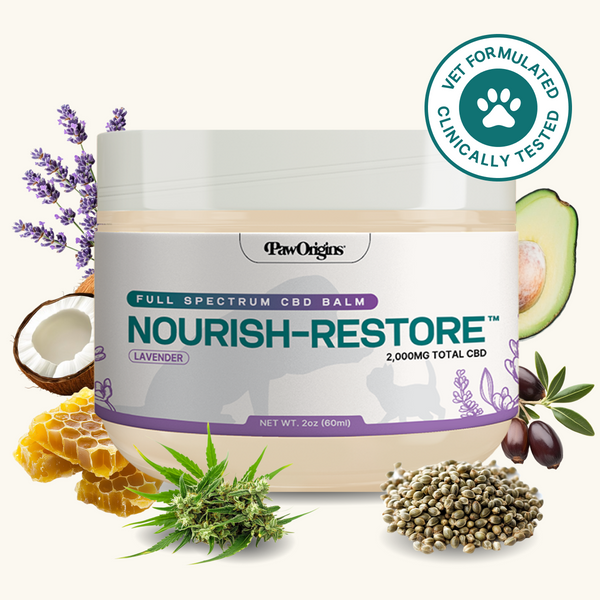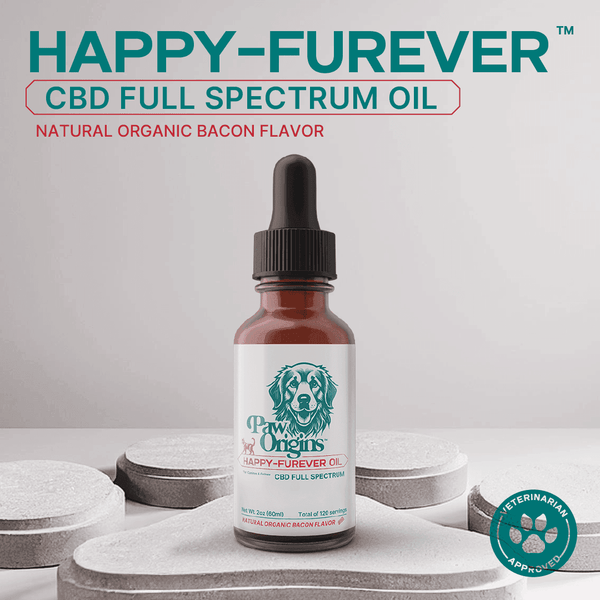Signs of glaucoma in cats
Table of Contents
Recognizing Glaucoma Symptoms in Cats
The Causes and Types of Feline Glaucoma
Diagnosis and Treatment of Feline Glaucoma
Preventing Glaucoma: PAW ORIGINS Products
Recognizing Glaucoma Symptoms in Cats
Glaucoma, an eye condition caused by increased pressure within the eye, is a common and potentially serious issue in cats. If left untreated, it can lead to vision loss. But how can you tell if your cat has glaucoma? The symptoms are often subtle and may be overlooked. Your cat may squint or blink frequently, or the eye may appear larger or bulging. Other signs include excessive tearing, redness, and cloudiness in the eye. Understand that these symptoms can also indicate other eye problems, so professional veterinary evaluation is necessary.
The Causes and Types of Feline Glaucoma
Glaucoma in cats can be primary or secondary. Primary glaucoma is genetic and often affects both eyes, while secondary glaucoma results from other eye conditions like uveitis, lens luxation or eye injuries. Certain breeds like Persians and Siamese are more prone to this disease. It's crucial to understand the cause of your cat’s glaucoma as it impacts the treatment approach and prognosis.
Diagnosis and Treatment of Feline Glaucoma
If you notice any signs of glaucoma in your cat, it's essential to seek veterinary help immediately. Diagnosis involves measuring the intraocular pressure and examining the eye's structure. The treatment varies depending on the cause and severity of the condition. It may involve topical medications to reduce eye pressure or surgery in more severe cases. Although glaucoma can't be cured, early treatment can manage symptoms and slow down vision loss.
Preventing Glaucoma: PAW ORIGINS Products
While there is no surefire way to prevent glaucoma in cats, maintaining good overall health can reduce the risk. Regular veterinary check-ups can catch eye problems early before they develop into glaucoma. Additionally, products from PAW ORIGINS can support your cat's eye health. Their cat food formulas contain essential nutrients like taurine, which is crucial for eye health. Visit https://paworigins.com/ to explore their range of products designed to keep your feline friend healthy and happy.

















